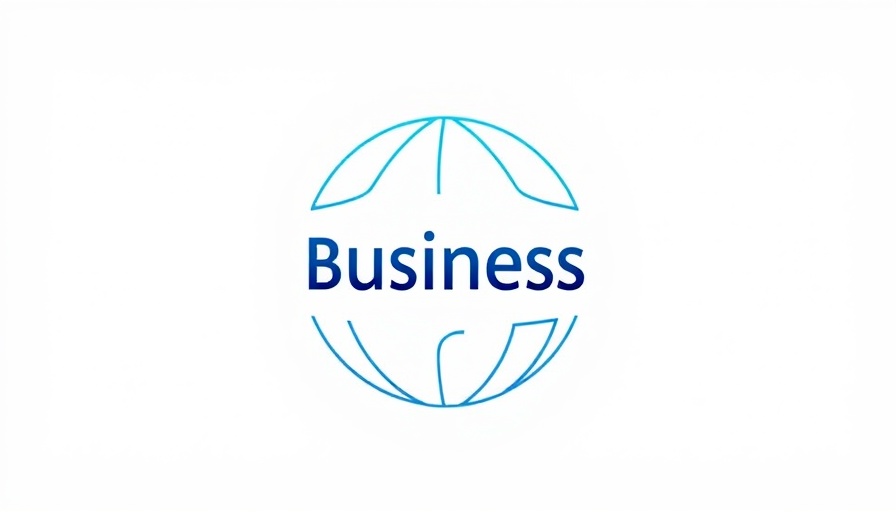
Unleashing Creativity: GPT-4o's Image Generation Revolution
OpenAI has taken a monumental leap with the launch of GPT-4o, its most advanced image generation technology yet, which firmly integrates visual creativity within its language model framework. This innovation is set to revolutionize how businesses and digital creators approach visual communication by offering tools that combine stunning artistic outputs with practical applications.
Implications for Business Communication
The integration of image generation capabilities into GPT-4o allows businesses to enhance their visual storytelling through photorealistic imagery and creative designs. For entrepreneurs and small business owners, this means they can produce professional-grade marketing materials, infographics, and product visuals without the need for specialized design skills. With a user-friendly interface, even those without technical expertise can generate high-quality visuals that effectively communicate their brand message.
How GPT-4o Works: The Technology Behind the Magic
At the core of GPT-4o’s image generation is its multimodal training, which amalgamates both textual and visual data. By learning from a comprehensive dataset that includes images and text, the model is capable of creating outputs that resonate with user prompts, whether for a sleek marketing campaign, a detailed infographic, or elegant artwork. As this model supports in-context learning, users can refine and modify designs through interactive conversations, making it an ideal tool for industries such as gaming, advertising, and web development.
Challenges and Safety Protocols in Image Generation
While OpenAI has launched an impressive tool, it acknowledges certain limitations within GPT-4o. Users may encounter cropping issues, inaccuracies in low-context requests, or difficulties with precise border edits. OpenAI emphasizes that safety features are a priority, embedding C2PA metadata for provenance and moderating requests that could lead to problematic or inappropriate content. This proactive approach ensures that businesses remain within ethical boundaries while leveraging powerful technological advancements.
The Future of Design: Predictions and Opportunities
Looking forward, the potential for AI-driven design tools like GPT-4o is remarkable. As small business owners become adept at utilizing these resources, we can expect a shift in marketing strategies toward more visually-rich content. This capability not only saves time and costs but also enhances engagement with target audiences. By utilizing GPT-4o, businesses can anticipate rising standards in customer expectations for digital visual content, driving innovation in their promotional approaches.
Making the Most of GPT-4o: Tips for Smooth Integration
To effectively harness the full capabilities of GPT-4o’s image generation, business owners should consider these practical tips. First, familiarize yourself with the user interface and experiment with different prompts to see how the model responds. Secondly, utilize the model’s support for aspect ratios and hex color codes to maintain brand consistency. Lastly, gather feedback from team members or stakeholders to refine your visual outputs further, ensuring they communicate your intended message effectively.
As GPT-4o rolls out its image generation features, now is the time for business leaders to explore and integrate these tools into their operations. Not only can they streamline visual content creation, but they can also redefine how their brands engage with consumers. Don’t wait—start experimenting with GPT-4o today.
 Add Row
Add Row  Add
Add 



Write A Comment